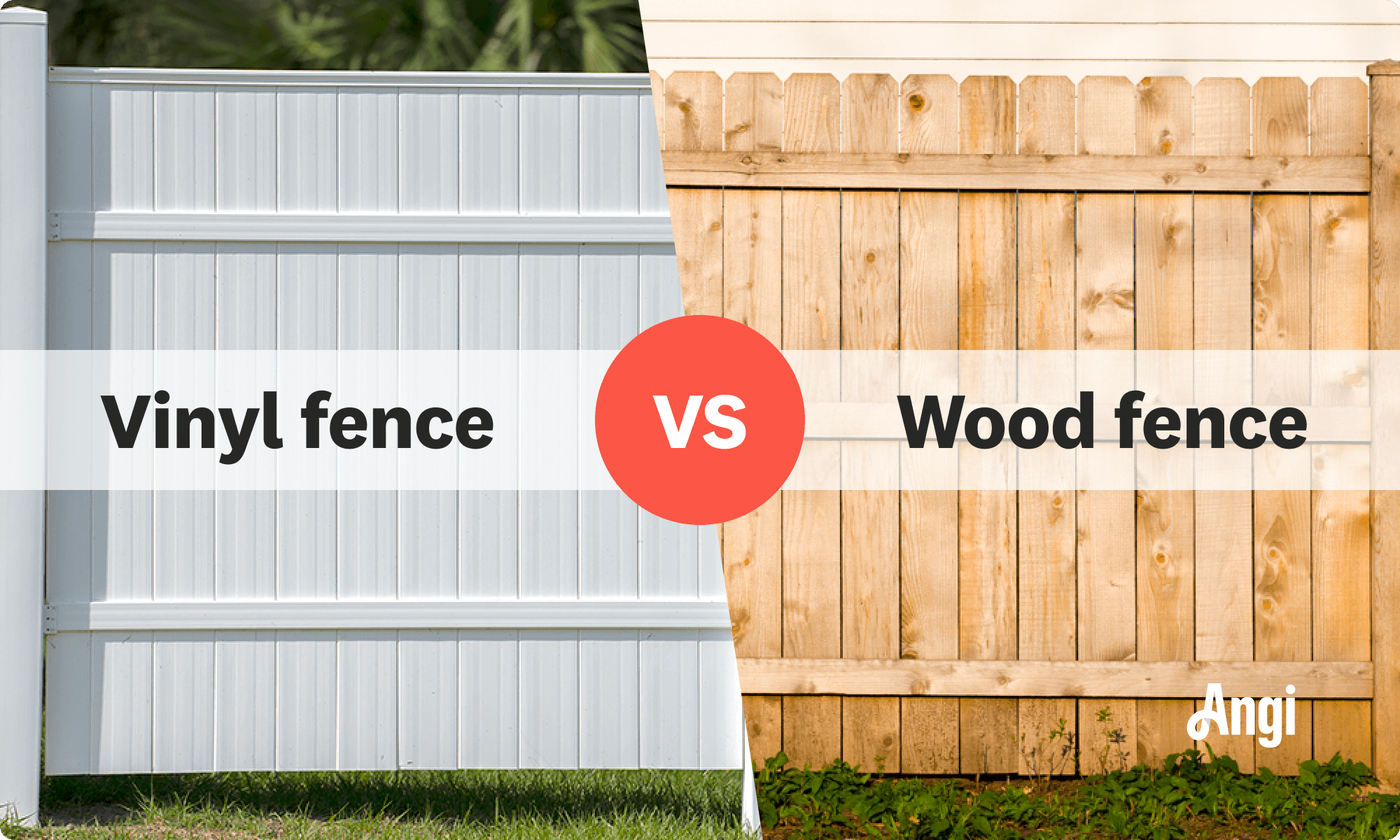
When it comes to choosing an affordable fence for your property, two popular options often come to mind: wood and vinyl. Both offer unique advantages in terms of cost, maintenance, and appearance. However, determining which is the most cost-effective in the long run requires a closer look at upfront costs, durability, maintenance needs, and value over time. In this article, we’ll compare wood and vinyl fences to help you decide which is the more affordable choice for your fencing needs.
Initial Costs: Wood Fencing vs. Vinyl Fencing
The initial cost is often the first factor homeowners consider when looking for an affordable fence. In general, wood fencing tends to have a lower upfront cost compared to vinyl. The price for installing a basic wood fence is typically between $10 to $20 per linear foot, depending on the type of wood used (pine being the least expensive and cedar or redwood being more premium).
On the other hand, vinyl fencing can cost between $20 to $40 per linear foot, making it significantly more expensive at the outset. This higher initial investment can deter homeowners looking for a quick and cheap fencing solution. However, cost alone doesn’t tell the full story.
Maintenance and Durability
One of the major drawbacks of wood fencing is its ongoing maintenance. Wood is susceptible to rot, warping, insect damage, and mold. To keep it looking good and structurally sound, regular maintenance is necessary. This includes sealing, staining, painting, and periodic repairs. These recurring costs add up over the years and can make wood fencing less appealing from a long-term affordability standpoint.
Vinyl fencing, in contrast, is nearly maintenance-free. It does not rot, warp, or suffer from insect damage. An occasional rinse with a hose or soapy water is usually enough to keep it clean. While the initial price is higher, the lack of maintenance costs and hassle makes vinyl a strong contender in the affordable fence category over time.
Lifespan and Replacement Costs
Another important factor to consider when determining the most affordable fence is the lifespan of the material. A well-maintained wood fence can last anywhere from 10 to 15 years, though exposure to harsh weather and neglect can shorten that life significantly. Over time, parts may need to be replaced or the entire fence might need to be rebuilt.
Vinyl fences typically last 20 to 30 years or more, even with minimal maintenance. Their resistance to environmental factors and strong construction make them a more durable option. Although vinyl is more expensive upfront, its longer lifespan means you won’t need to invest in a replacement as quickly as you might with wood.
Aesthetic Appeal and Property Value
While affordability is the focus, aesthetics still play a role in overall value. Many homeowners love the classic, natural look of a wood fence. Wood also offers more design flexibility and can be customized with paint or stain colors to match your home’s style. This can enhance your property’s curb appeal, potentially increasing resale value.
Vinyl fencing, while sometimes seen as less “natural,” has improved significantly in terms of appearance. Today’s vinyl fences are available in various colors and textures that mimic wood grain, offering a visually appealing alternative without the upkeep. A well-maintained vinyl fence can also boost property value by providing a clean, consistent look that lasts.
Environmental Considerations
For eco-conscious homeowners, the environmental impact of fencing materials may influence what is considered the most affordable fence in a broader sense. Wood is a renewable resource, but it often requires chemical treatments to resist rot and insects, which can have environmental consequences.
Vinyl is made from PVC, a type of plastic derived from petroleum. While it’s not biodegradable, its long lifespan reduces the need for replacement and waste. Additionally, some vinyl fences are now made from recycled materials, making them a slightly greener choice than in the past.
Final Verdict: Which is the Most Affordable Fence?
So, which material makes the most affordable fence—wood or vinyl?
- If you are looking for a short-term solution with the lowest upfront cost, wood fencing may be the better option. It offers natural beauty and is less expensive to install initially.
- If you’re focused on long-term savings, vinyl fencing becomes the more affordable choice. Its durability, minimal maintenance, and longer lifespan can offset the initial investment.
Ultimately, the decision depends on your budget, how long you plan to stay in your home, and your willingness to perform ongoing maintenance. By considering all these factors, you can choose the fencing option that provides the best balance of cost, durability, and visual appeal—delivering real value in the search for an affordable fence.
